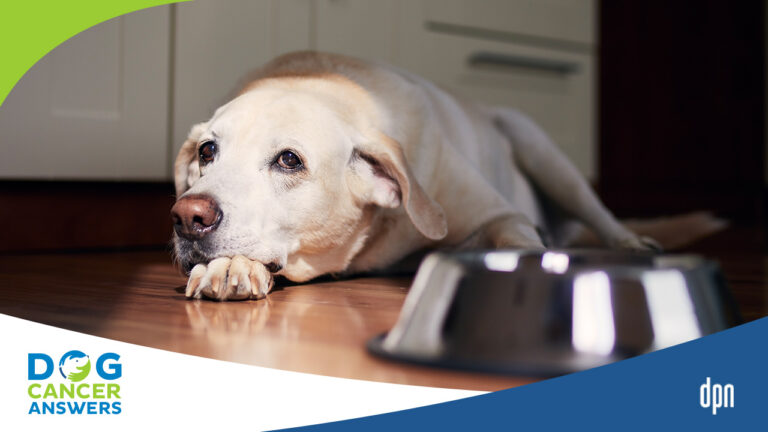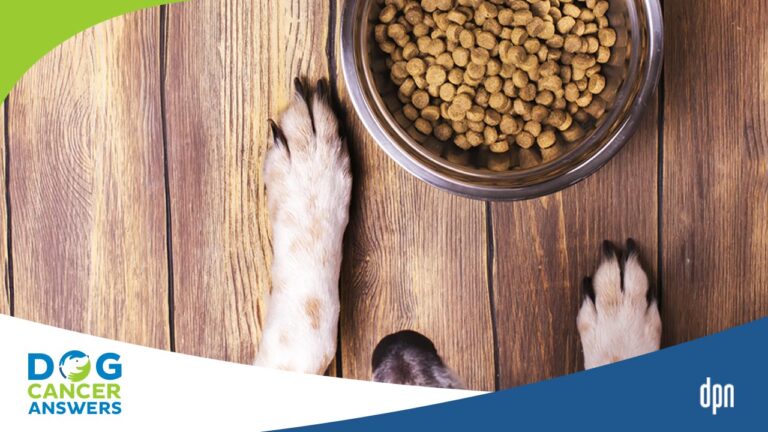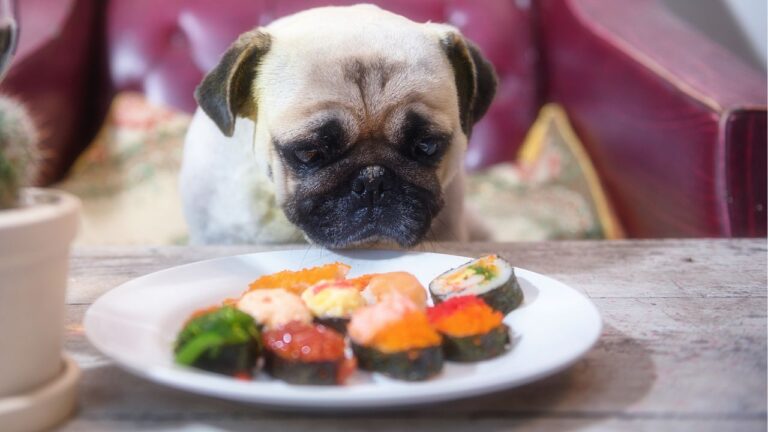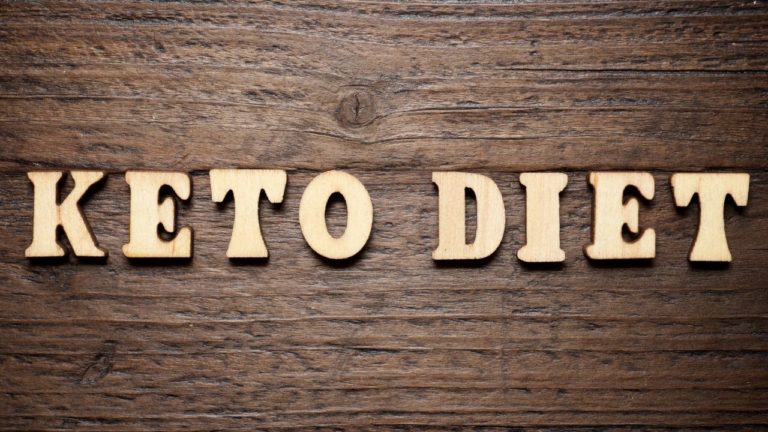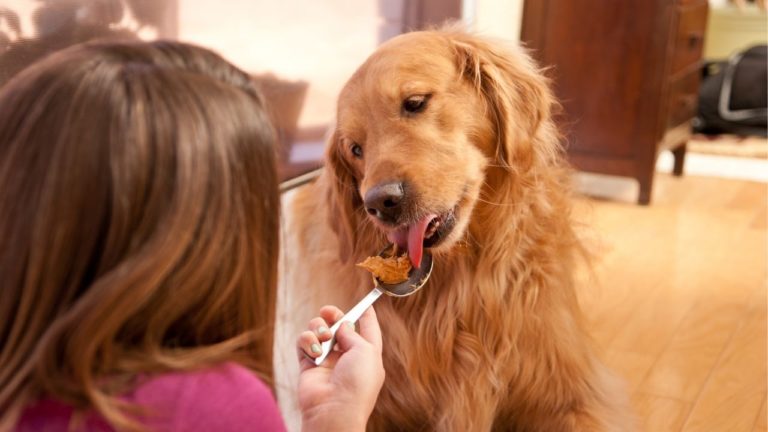What To Do When Your Dog Won’t Eat
Don't panic when your dog has trouble eating. It doesn't help and might even make the problem worse. Instead, try these simple tips that have helped hundreds of thousands of dogs over the decades.
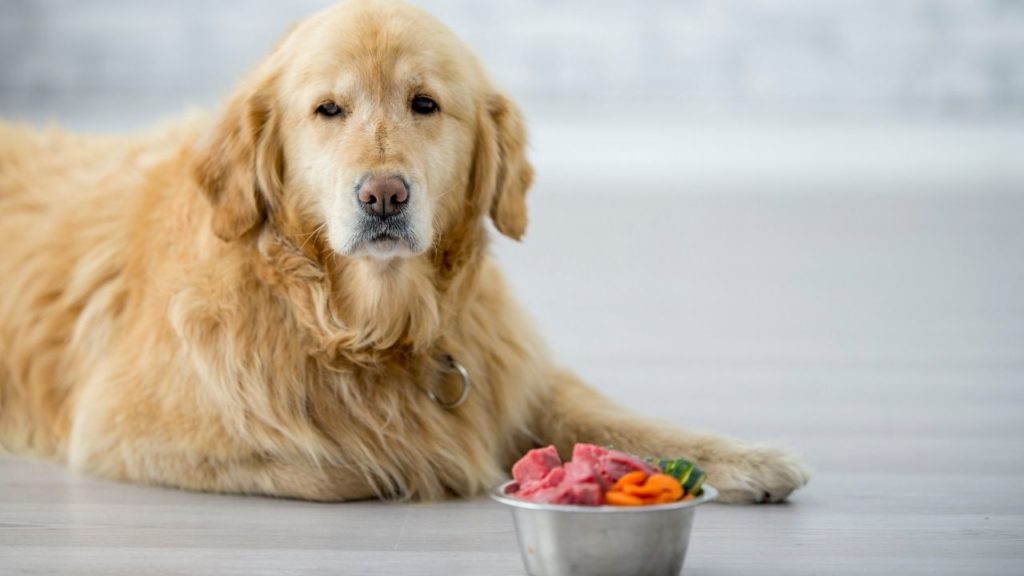
Read Time: 6 minutes
When we are helping our beloved dog through a cancer journey we realize how vital food is in the equation. The body must be supported with beautiful, life-enhancing nutrition to feed the organs and support the immune system, which in turn makes our dog stronger to get through this fight and even thrive.
Dr. Dressler’s dietary guidelines in The Dog Cancer Survival Guide are a wake-up call for many. Perhaps we thought we were doing a pretty good job before all of this, but our research brings awareness that more can be done. So, we spend hours reading and learning, comparing brands, buying ingredients, measuring, weighing, mixing, cooking, dividing and finally presenting our pup with the results of our efforts… TADA!
Dr. Dressler’s dietary guidelines are a wake-up call for most of us!
What joy when she dives into the bowl and gobbles it all down, licking her lips and looking up with an expression of “Wow that was great, thanks!”
When our dog loves her new diet, we feel grateful, we feel empowered, and we feel that this is something real that we can do to help our friend in her fight.
But sometimes, our beloved looks at the food, looks back at us, and then just walks away. We’re crushed! All that work and all the hope still sits in the bowl. What went wrong?
The entire process of food carries a lot of emotion, never more so than when we humans are fighting for our dog’s life. There are many factors that can affect whether our dog eats and enjoys the wonderful nutrition we have provided.
There are many factors that can affect whether our dogs eat.
Dogs have dislikes and likes, just like humans do. Here are a few tips for you, if your dog isn’t wolfing her food.
Try to Be Patient When Your Dog Won’t Eat
We are programmed for convenience. We want to get the most done in the most efficient way possible in the shortest amount of time. This is one of the reasons that commercial pet foods caught on so quickly when they were introduced a few decades ago. So when preparing a dog cancer diet we want to put all the ingredients in one wonderful “meatloaf,” as Dr. Dressler suggests in his book. And that may be wonderful for some dogs.
Unless it’s not. If your dog is turning up her nose at your delicious loaf, keep the following in mind as you try new angles to get her to accept the food.
Remember: Dogs Self-Select in the Wild
Dogs in the wild take down their kill and eat the meat and bones, stomach contents etc. But they eat each one at a time, not all mixed together.
This is because dogs eat individual foods separately in the wild. If wild dogs raid a nest they get the eggs and the shells. Later, they might eat some fresh grass or wild plants. You’ve likely seen your own dog selecting one type of wild food over another. They need a particular ingredient.
We’ve all seen dogs drink from muddy puddles or paw up lovely earth to chew.
Zoopharmacognosy: the self-medicating behavior of non-human animals
At home, some dogs love broccoli, and some love raspberries.
This is self-selection, and we suspect that this is not simply a matter of them liking the taste, it’s also because they know the nutrients in these foods are good for them. Scientists call this zoopharmacognosy, and it’s fascinating.
Dogs Self-Select In Our Homes, Too
So, regarding the dog cancer diet, one dog may want Brussels sprouts while his companion doesn’t. This may be because the first dog needs Brussels sprouts, and his buddy doesn’t!
Next week when he doesn’t need the nutrients found in Brussels sprouts, he may not “like” them anymore.
The ingrained wisdom of self-selection has allowed our dogs and many other species to thrive for thousands of years in the wild. Back when humans were hunter/gatherers, we used very similar wisdom to select food for ourselves, too.
Your dog might not need just one ingredient.
So when we present our dog with a mix of many different ingredients, he may refuse the mix because there is just one ingredient that he does not need. Since he can’t eat the mix without also eating this one food, he refuses it all.
If you use a food processor to mix up all of the food together, try a different tactic. Offer the food on the same plate, perhaps, but in separate piles, so the dog can choose what he likes. You may find he eats everything but one. (More on this below.)
Inappetance: Lack of Appetite
Like us, if our dog does not feel well, he simply may not feel like eating. Some cancer treatments can have an upsetting effect on the digestion, and general discomfort can put anyone off their food. (Think of the last time you had a headache — did you feel like eating?)
Our dogs are programmed that when eating and digesting something that doesn’t feel good, they don’t eat. It’s really that simple.
Dog not eating = dog does not feel well.
Humans can be persuaded that eating will make them feel better, but not so much with dogs.
If your dog doesn’t want to eat for one meal, it is probably OK. Try again in an hour or two – perhaps it is temporary discomfort. Keep offering until your dog accepts the food. If he won’t eat for twenty-four hours, though, it’s time to ask your vet for some help understanding what the problem may be.
Frantic Feeding: Too much Passion in the Mix
Dogs in the wild will not relax and eat if there is fear or threat nearby. Similarly, healthy domestic dogs may delay eating if there is frantic energy or shouting in the house.
As Dr. Dressler so often points out, our dogs pick up on our own attitudes. And too often, when we prepare our dog cancer diet for our companion, we have frantic energy:
‘I can do this and he’ll eat and he’ll get better!!!’
Or maybe “I’ve made this for you, it will help you get better and I have to leave for work now, so please eat!”
Would you want to eat when your beloved is frantic and upset?
We put the bowl down, our dog feels our need, and that energy is not welcoming. There’s simply too much pressure.
If I’m feeling particularly upset or rushed, sometimes I start to sing something upbeat and friendly as I prepare my dog’s meal. “You are my sunshine,” or “Twist and Shout” or “My Favorite Things” all come to mind. I don’t know if my dogs like my singing voice, but I know they like my calmer heart rate and cheerier mood.
It makes it so much easier for all of us to enjoy their meal.
Extra TLC: Hand Feeding
We’ve all had a time when we didn’t feel good or were in a bad mood. Wasn’t it nice when someone offered to get us a drink or our favorite snack and we didn’t have to make the effort ourselves?
When our dog is dealing with physical and emotional changes she may need an extra bit of TLC with her food. The food she refuses from the bowl may be irresistible when offered in our hand.
Bring Love to the Meal
So how do we navigate these changes? Like the rest of the lessons we learn on this journey, we become aware, we observe, we adapt and we allow some time.
Let a meal be a joy-filled experience. Offer the bowl with calm, welcoming energy. If your dog hesitates, give her time to explore it. Give her space as she eats, but stay nearby and let her know how wonderful it is that she likes her food.
If she turns away, don’t chase her with the bowl, but invite her back gently and use either a large spoon or your hand to offer her a sample. Receiving food from you carries wonderful memories of being given food as a pup and it’s a very loving thing to do.
Hand-feeding can remind your dog of puppyhood and cuddles.
You may find that she eats the entire meal from your hand, or starts and then wants to continue from the bowl. Keep the emotions and experience gently happy and you will feed more than her body.
If you find that your dog simply does not want the meal, put it aside for later. Remember that Dr. Dressler recommends “cheat days” so if your dog wants to eat other food, at least he’s eating.
Don’t Let the Food Touch!!
You may find that for whatever reason your dog just won’t accept the mix you’ve prepared. Don’t give up. Some little kids don’t like their foods to touch each other, and some dogs don’t, either.
A way around this is to simply not blend everything together. When you cook all your ingredients, the meat, the wonderful vegetables, etc. make your usual amount, but don’t mix it together. At mealtime, select a portion of each food and gently warm it to enhance the scent, then offer this to your dog.
Some little kids don’t like their foods to touch each other, and some dogs don’t, either.
You’ll soon see which are the favorite items and this will be more great information from your dog you can use. If there is one ingredient that your dog consistently refuses, you’ll know not to keep it on your shopping list.
(Determine what nutrients in that food can be offered in another from the long list of good foods in the dog cancer diet, chapter 14, and remember that rejecting one ingredient may be temporary as his needs change.)
For most people, the initial challenge of preparing a dog cancer diet seems overwhelming. Once begun, however, we discover the little bit of extra time it takes is rewarded by knowing we are really helping our friend, and by the calm, loving experience of mealtime that we can share.
Bon appetit!
Susan
Susan Harper, AHC, DAH, MHAO
Topics
Did You Find This Helpful? Share It with Your Pack!
Use the buttons to share what you learned on social media, download a PDF, print this out, or email it to your veterinarian.

